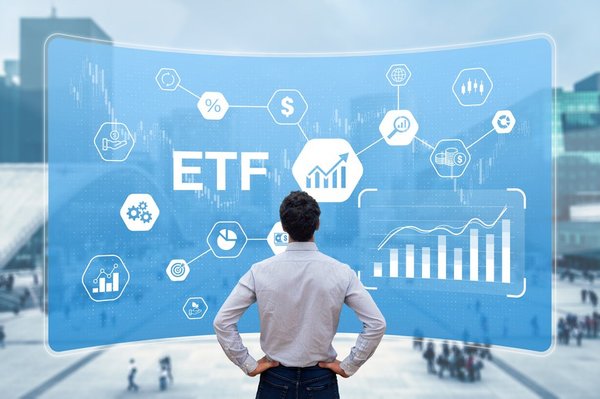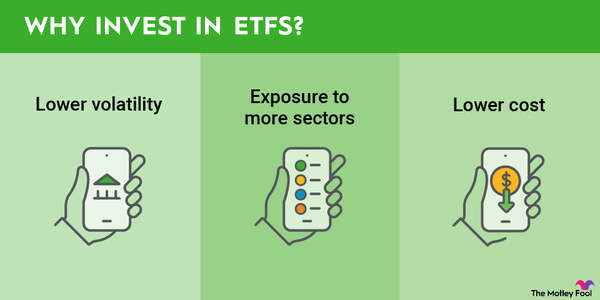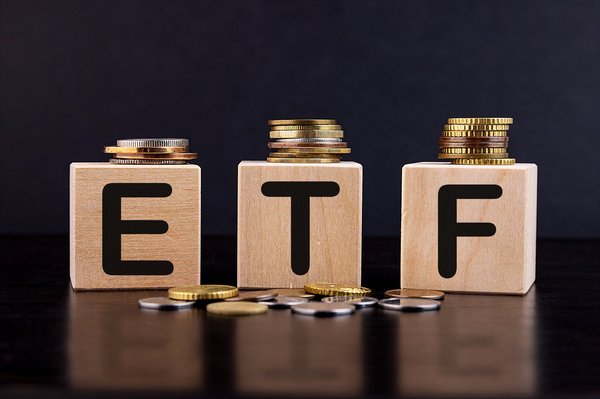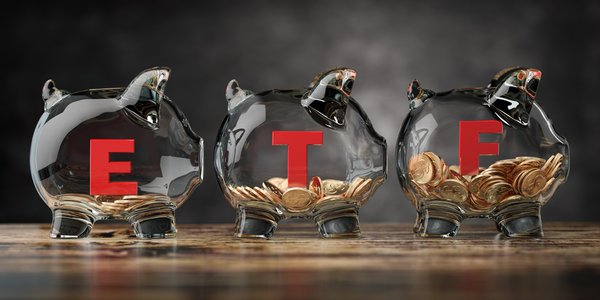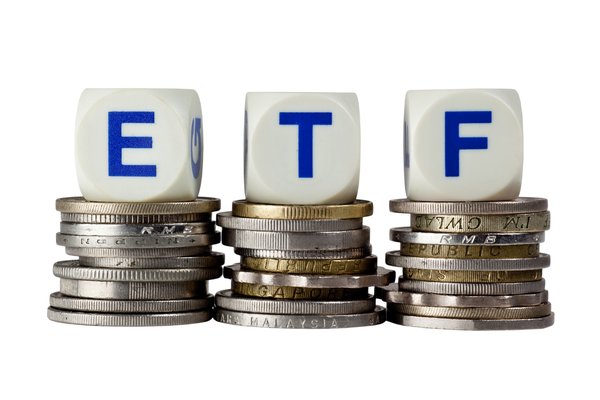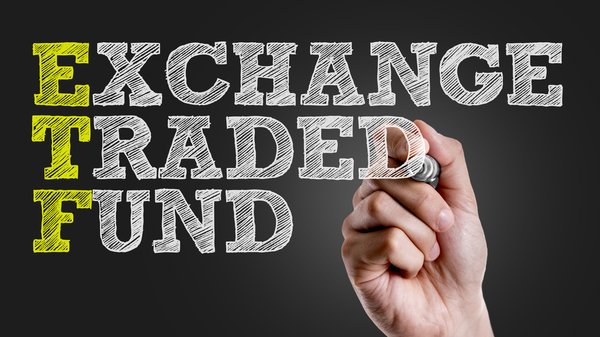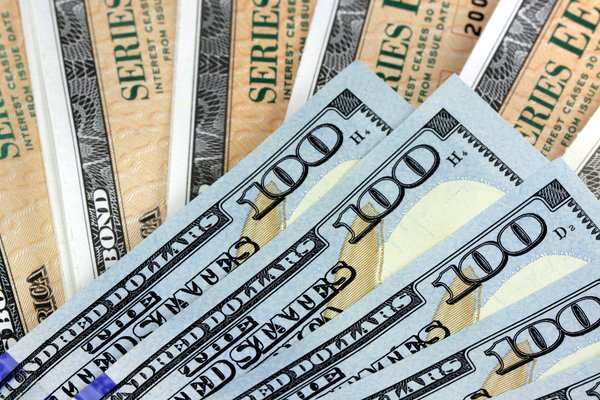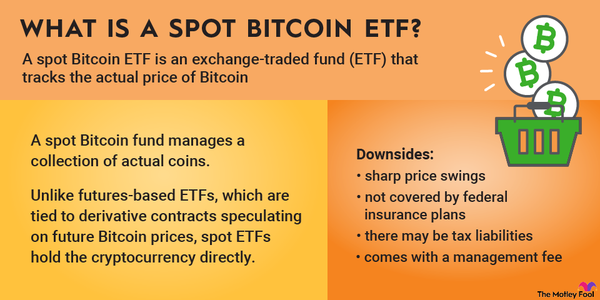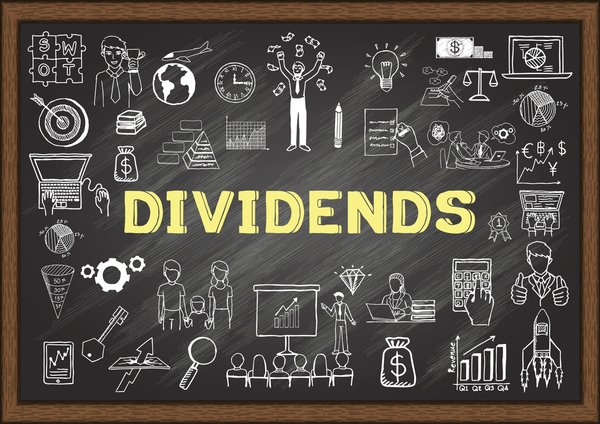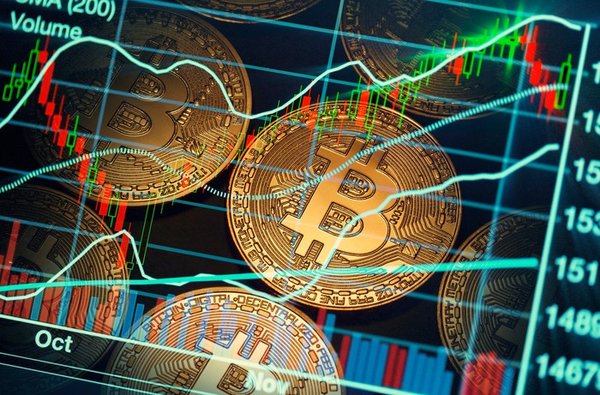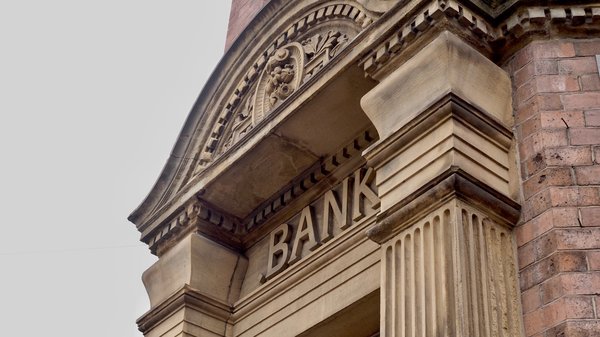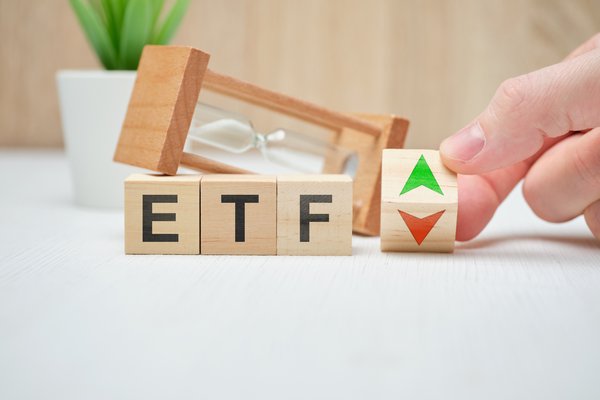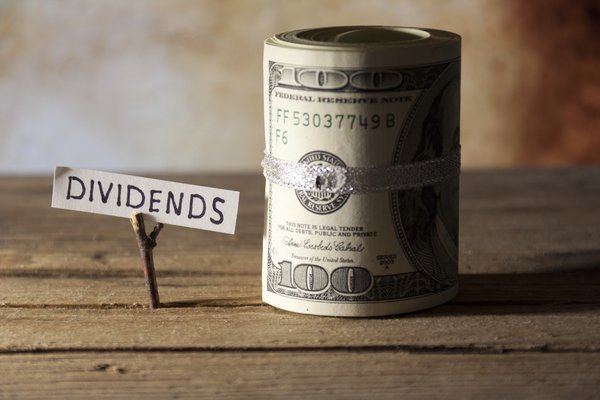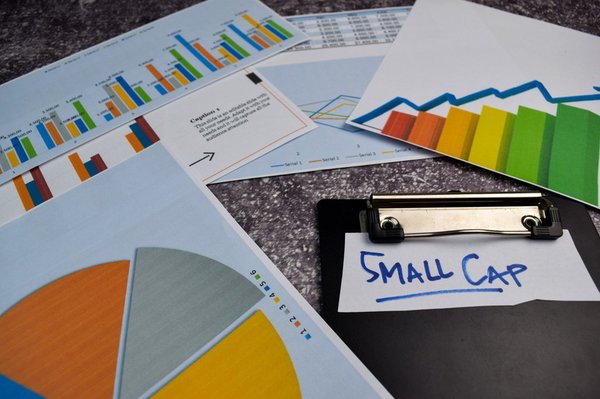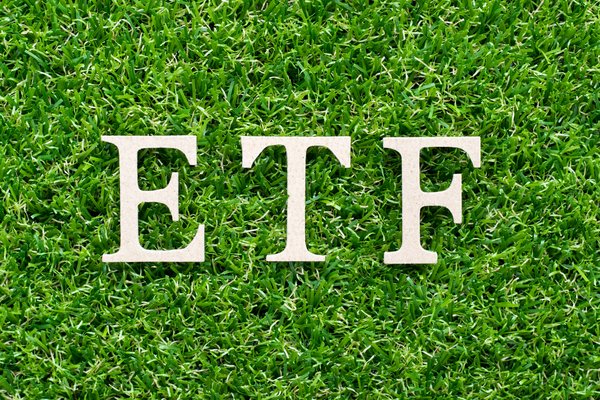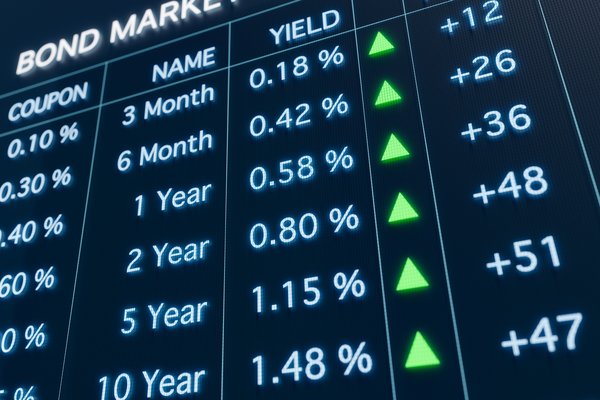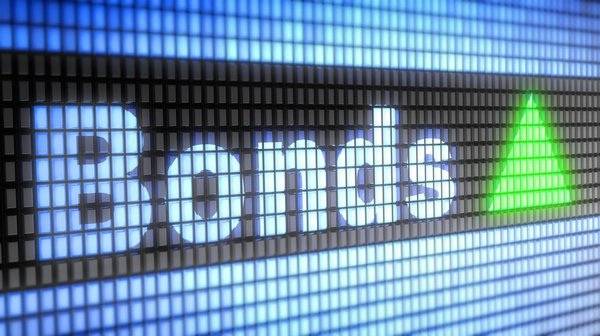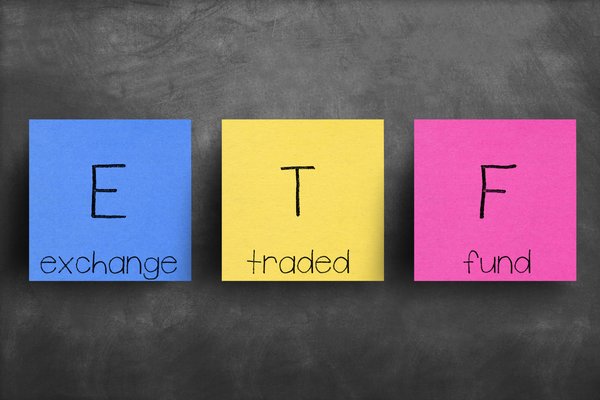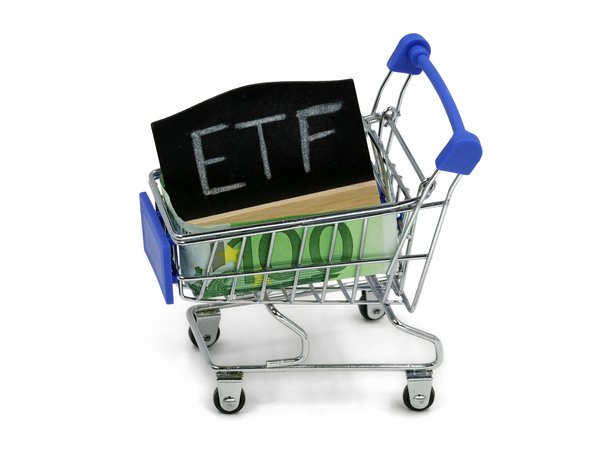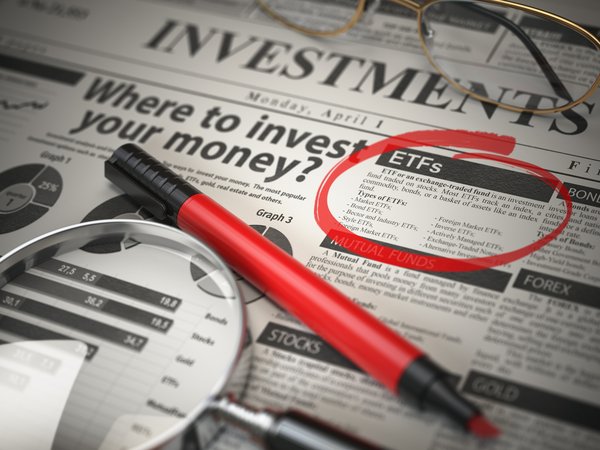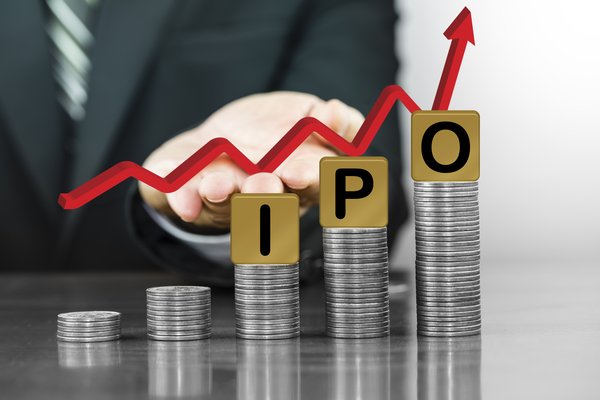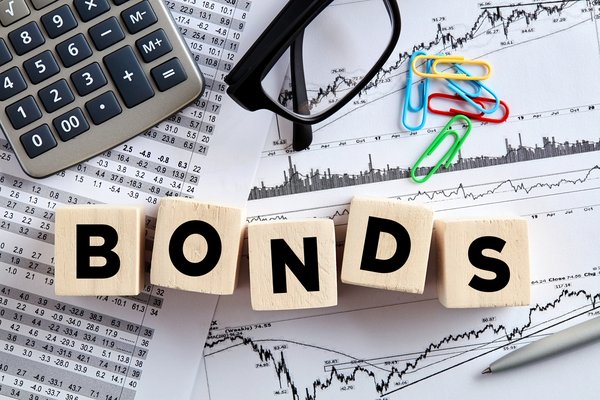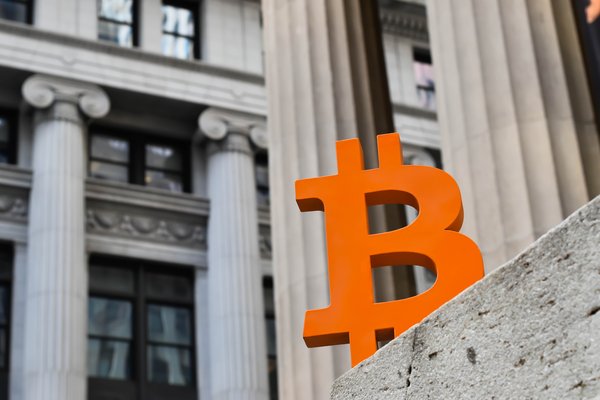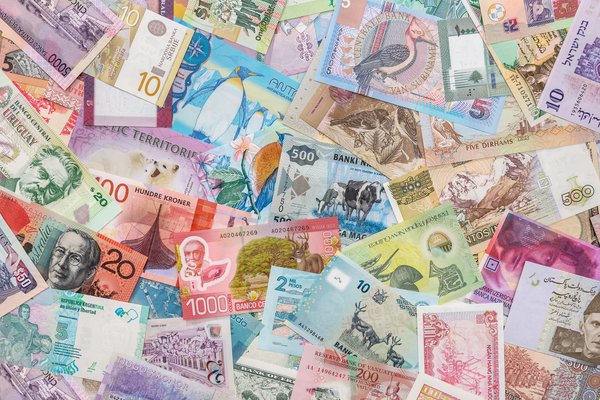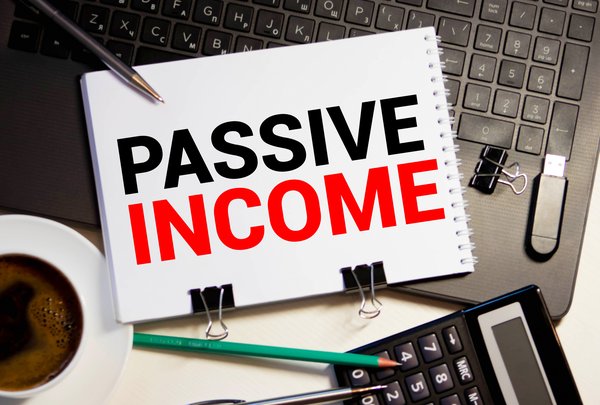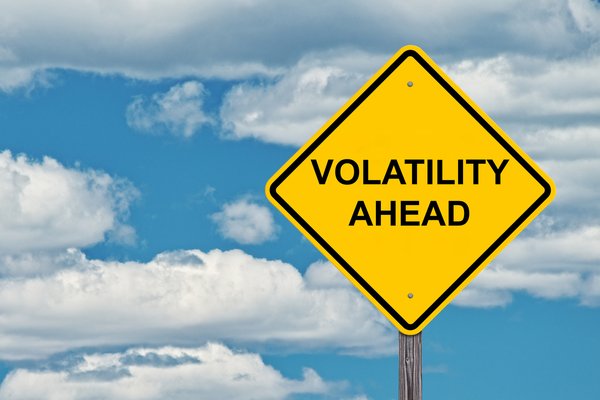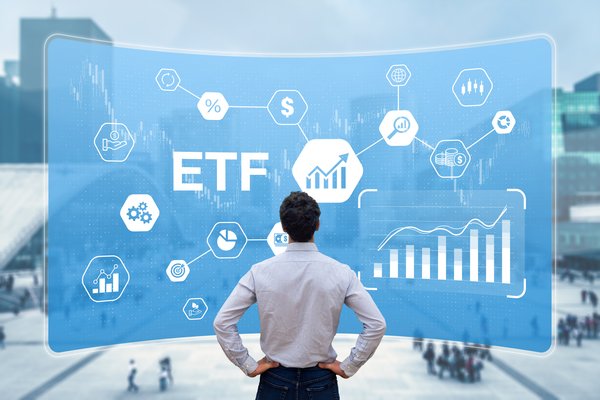Treasury bond exchange-traded funds (ETFs) are a popular way for investors to access the safety and stability of U.S. government debt without the hassle of buying individual bonds. These ETFs hold baskets of U.S. Treasury securities, which are backed by the full faith and credit of the U.S. government. That makes them one of the lowest credit-risk investments available.
In times of market volatility or economic uncertainty, investors often move into Treasuries as a flight to safety. These funds also tend to perform well when interest rates are falling, like during recessions, since central banks may cut rates or even restart bond-buying programs, such as quantitative easing.
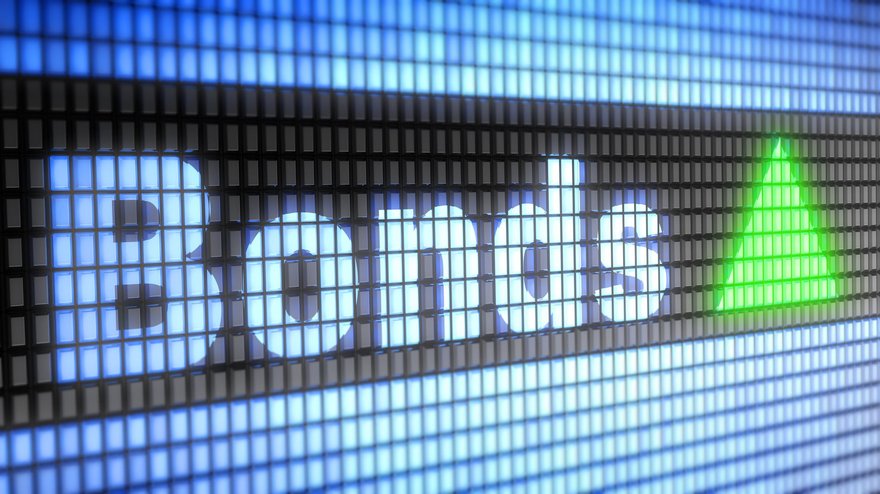
While you can buy Treasuries directly through TreasuryDirect, many investors prefer Treasury bond ETFs because they're easier to buy and sell, available on any brokerage platform, and typically pay interest monthly instead of semiannually.
Treasury ETFs have become a go-to option for adding income, diversification, and downside protection to a portfolio. Here's what you need to know before adding them to yours.
The best for 2025
The best Treasury bond ETFs for 2025
Treasury bond ETFs may seem complex if you're used to investing in stocks, but they're actually pretty simple once you understand how they work. In this list, we'll go over some of the biggest, cheapest, and most diversified Treasury bond ETFs available today and help you figure out which one might be right for your portfolio.
ETFs 1-3
1. iShares U.S. Treasury Bond ETF
The iShares U.S. Treasury Bond ETF (GOVT 0.17%) is the "buy the entire Treasury market" option, excluding inflation-protected and stripped bonds. It tracks the ICE U.S. Treasury Core Bond index, which holds just over 200 U.S. Treasury securities with maturities ranging from one to 30 years.
The result is a broad, diversified portfolio with intermediate interest rate sensitivity, reflected in an average duration of about 5.7 years. As of mid-October 2025, investors can expect a 3.88% 30-day Securities and Exchange Commission (SEC) yield, and the fund remains cost-effective with a 0.05% expense ratio, or just $5 per $10,000 investment.
2. SPDR Portfolio Treasury ETF
Even cheaper than the iShares U.S. Treasury Bond ETF, the SPDR Portfolio Treasury ETF (SPTB 0.18%) charges just a 0.03% expense ratio, making it one of the lowest-cost ways to own the entire U.S. Treasury market. It tracks the Bloomberg U.S. Treasury index, covering a broad range of government bonds from under one year to 30 years in maturity.
Like the iShares U.S. Treasury Bond ETF, it excludes inflation-protected securities and stripped bonds but holds a slightly larger portfolio of around 280 bonds. The fund has a 5.88-year duration and offers a 3.91% 30-day SEC yield, making it a cost-effective and diversified option for intermediate-term Treasury exposure.
3. Franklin U.S. Treasury Bond ETF
The Franklin U.S. Treasury Bond ETF (FLGV 0.22%) is actively managed, which means its portfolio managers select specific bonds in an effort to outperform its benchmark, the Bloomberg U.S. Treasury index. While it's still a broad Treasury ETF with exposure to bills, notes, and bonds, the Franklin U.S. Treasury Bond ETF differs by also including Treasury Inflation-Protected Securities (TIPS).
It's more concentrated than its peers, holding under 50 securities. Despite being actively managed, this ETF remains cost-effective with a 0.09% expense ratio, and it offers an SEC yield of 4.07%. Its 6-year duration is in line with other intermediate-term Treasury ETFs.
ETFs 4-5
4. Vanguard Intermediate-Term Treasury ETF
While ETFs like the last three mentioned hold Treasury bonds across the maturity spectrum, they all average out to an intermediate duration by design. That's intentional. This "goldilocks" segment of the yield curve offers a balance of income and rate sensitivity, making it ideal for broad exposure.
But investors can also target this part of the Treasury curve more directly with the Vanguard Intermediate-Term Treasury ETF (VGIT 0.16%), which tracks the Bloomberg U.S. Treasury 3-10 Year Bond index.
Roughly half the fund is in bonds maturing in three to five years, and the other half is in bonds maturing in five to 10 years. The result is a slightly shorter 4.9-year duration, which lowers rate sensitivity a bit. Right now, the 30-day SEC yield is 3.76%. Like most Vanguard ETFs, it has a rock-bottom expense ratio of just 0.03%.
5. Schwab Intermediate-Term U.S. Treasury ETF
ETF providers are constantly competing, so it's not surprising to see near-identical products offered by different firms, right down to the fees and portfolio exposure. If you prefer Schwab over Vanguard for any reason, the Schwab Intermediate-Term U.S. Treasury ETF (SCHR 0.14%) is the logical substitute for the Vanguard Intermediate-Term Treasury ETF.
Both ETFs track the same Bloomberg U.S. Treasury 3-10 Year Index, feature an identical 0.03% expense ratio, and carry the same 4.9-year duration. As of now, this ETF's 30-day SEC yield is 3.77%, roughly equal to the Vanguard Intermediate-Term Treasury ETF. Both ETFs offer efficient, low-cost exposure to the intermediate portion of the U.S. Treasury yield curve.
Factors to consider
Factors to consider before investing in Treasury ETFs
When comparing Treasury ETFs, two of the most important metrics to understand are the 30-day SEC yield and duration.
The 30-day SEC yield reflects the ETF’s annualized income based on the past 30 days of interest earned by its holdings, after accounting for expenses. In simple terms, it’s the most accurate snapshot of what you can expect to earn in yield if current rates hold.
Duration, on the other hand, measures the ETF’s sensitivity to interest rate changes. The higher the duration, the more the fund’s price will move inversely to interest rate shifts.
You may also see yield to maturity (YTM) listed, which represents the total return potential of the ETF’s underlying bonds if they were held to maturity. While it's useful for estimating long-term returns, YTM is less practical for Treasury ETFs since the holdings are frequently rolled over as bonds mature and new ones are added.
How to invest
How to invest in Treasury bond ETFs
Start by identifying why you want to invest in Treasury bond ETFs. For most investors, the goal is to reduce overall equity risk. Income tends to be a secondary concern since Treasury bond yields are lower than corporate bonds due to minimal credit risk. Once your objective is clear, decide which part of the yield curve you want to target: short, intermediate, or long-term maturities.
Short-term Treasuries are ideal for capital preservation and low volatility. Long-term Treasuries can be powerful hedges during recessions or rate cuts, but they carry more risk if interest rates rise. Most investors opt for intermediate-term exposure or a broad basket that averages to an intermediate duration.
Finally, picking the right Treasury bond ETF often comes down to cost. Most of these ETFs are highly liquid and offer similar yields and durations, so the lower the expense ratio, the better.
Related investing topics
Benefits & risks
Benefits and risks of investing in Treasury bond ETFs
Key benefits:
- They provide steady monthly distributions, making them useful for income-focused investors.
- Interest is exempt from U.S. state and local taxes, boosting after-tax returns.
- They are backed by the full faith and credit of the U.S. government, making them among the safest credit-quality investments available.
Key risks:
- They can be sensitive to interest rate movements; rising rates reduce bond prices, with longer-maturity Treasury ETFs hit hardest.
- Unlike individual Treasury bonds, most Treasury ETFs can't be held to maturity to guarantee principal repayment.
- The low correlation with stocks doesn't always hold true. In 2022, for example, both Treasuries and equities fell together as inflation and rates spiked.
FAQ
Treasury Bond ETFs FAQ
Are Treasury bond ETFs tax-free?
No, Treasury bond ETFs are not fully tax-free. However, the interest income they generate is typically exempt from state and local taxes. For federal tax exemption, you'd need to invest in municipal bond ETFs instead.
Do Treasury bond ETFs pay interest?
Yes, Treasury bond ETFs pay interest in the form of monthly distributions, which come from the semiannual coupons paid by the U.S. Treasury bonds they hold.
Are Treasury bond ETFs good during a recession?
Historically, Treasury bond ETFs have done well during recessions. They produced positive returns during major downturns like the 2007-2009 financial crisis and the 2020 COVID-19 market crash.
What's the difference between short-term and long-term Treasury ETFs?
The difference comes down to the average maturity of the bonds they hold. Short-term Treasury ETFs hold bonds that mature in one to three years, while long-term Treasury ETFs hold bonds that mature in 10 years or more. Long-term ETFs have a higher duration, meaning they're more sensitive to interest rate changes.
Do I have to hold them until maturity?
No, you do not have to hold Treasury bond ETFs until maturity, because they don't have one. These ETFs roll over their portfolios by selling bonds as they near maturity and buying new ones. However, some target-date Treasury ETFs do mature like a bond and will typically have a year in their name, such as "Target 2025."
Does Vanguard have a Treasury bond ETF?
Vanguard has multiple Treasury bond ETFs covering ultra-short, short, intermediate, long, and extended duration issues, along with a total Treasury market option.
Is there a 10-year Treasury bond ETF?
Multiple ETF issuers offer a 10-year Treasury bond ETF. For precise exposure, the F/m US Treasury 10 Year Note ETF (NASDAQ:UTEN) is ideal.







